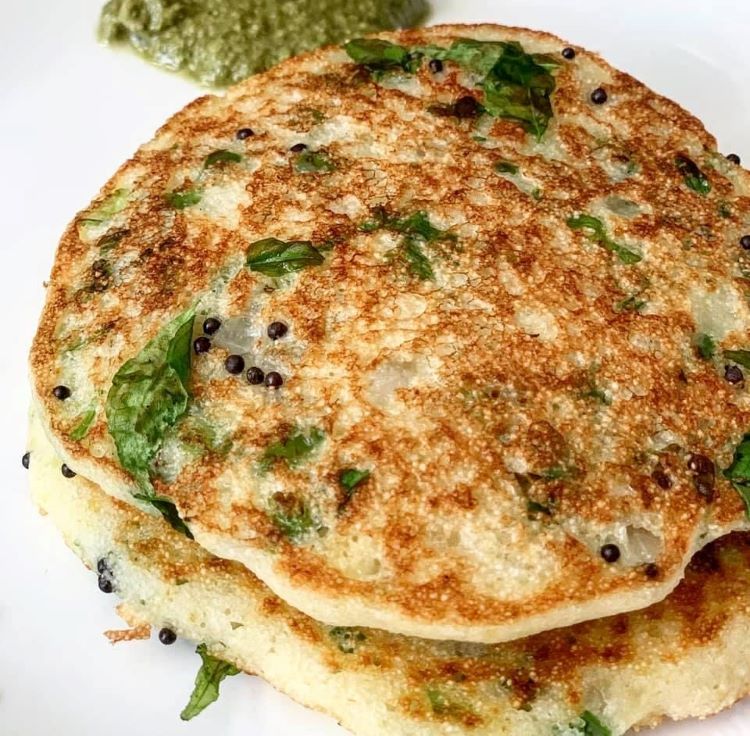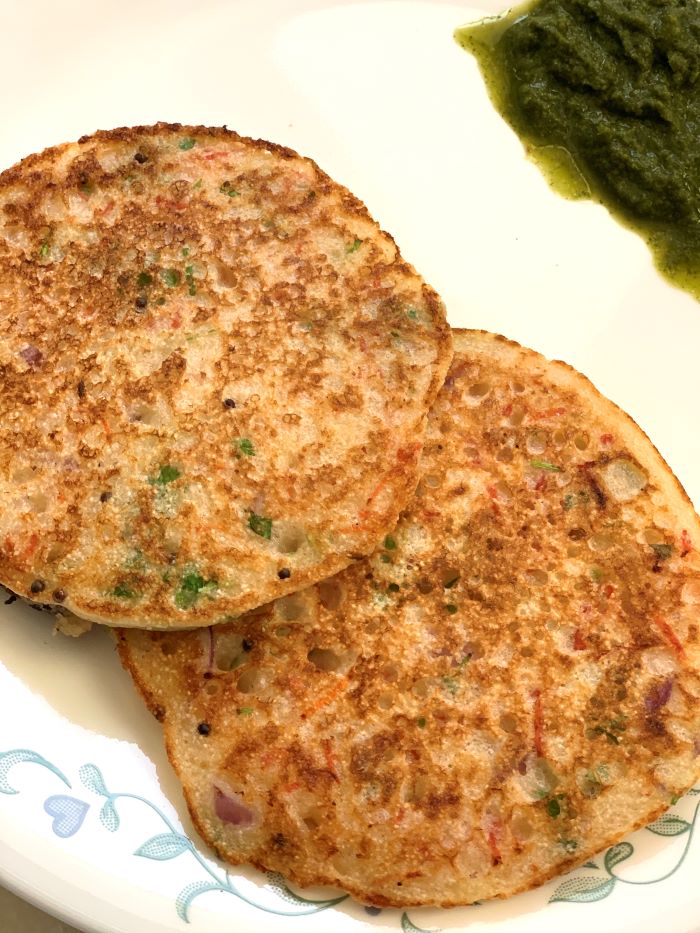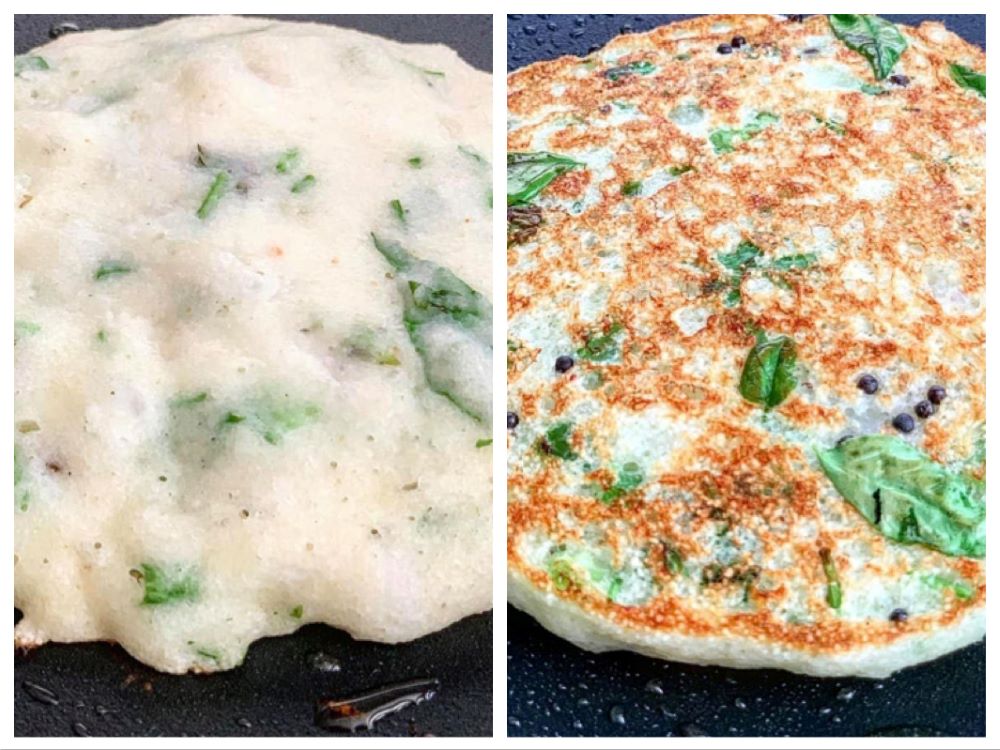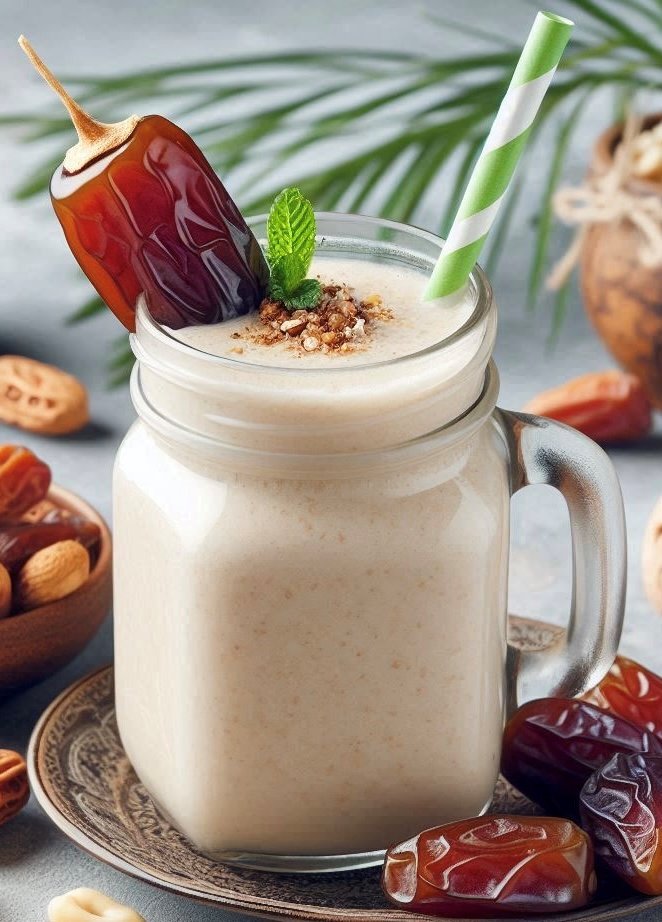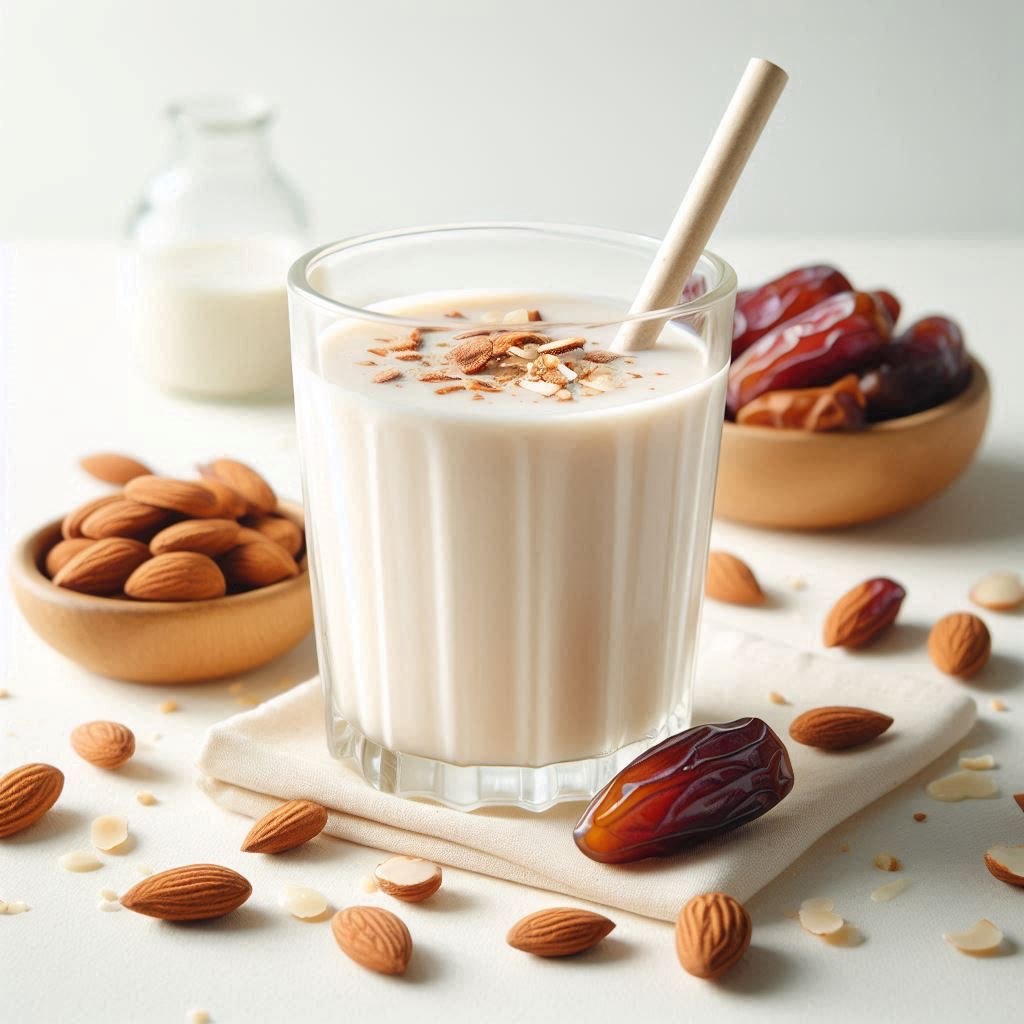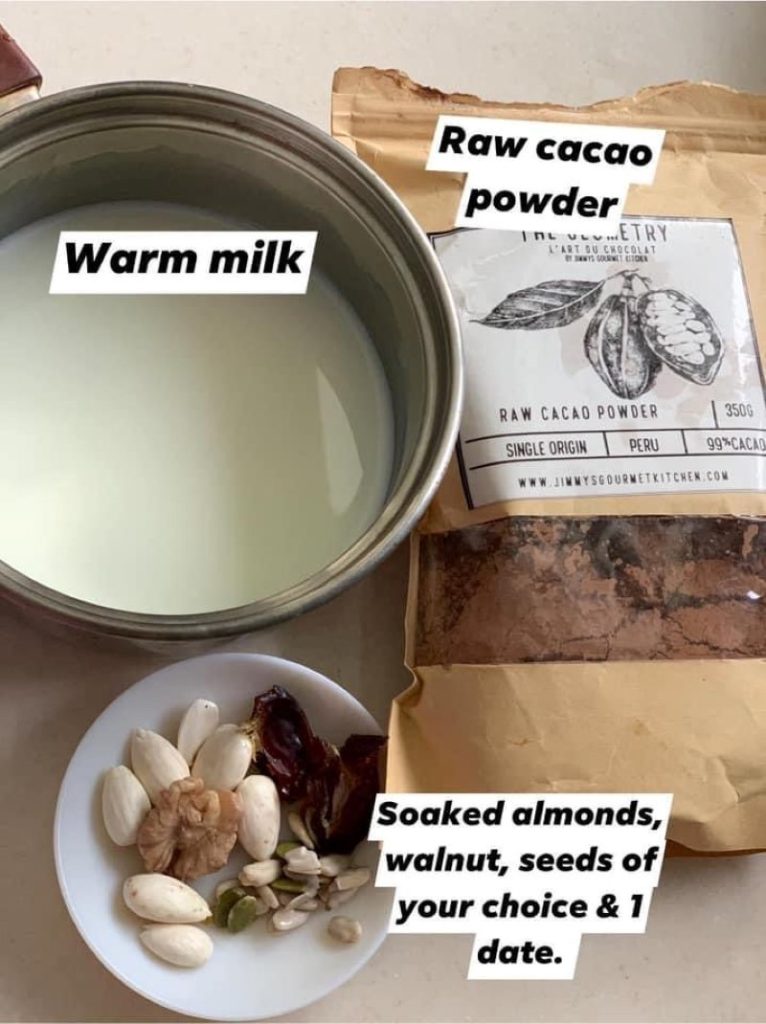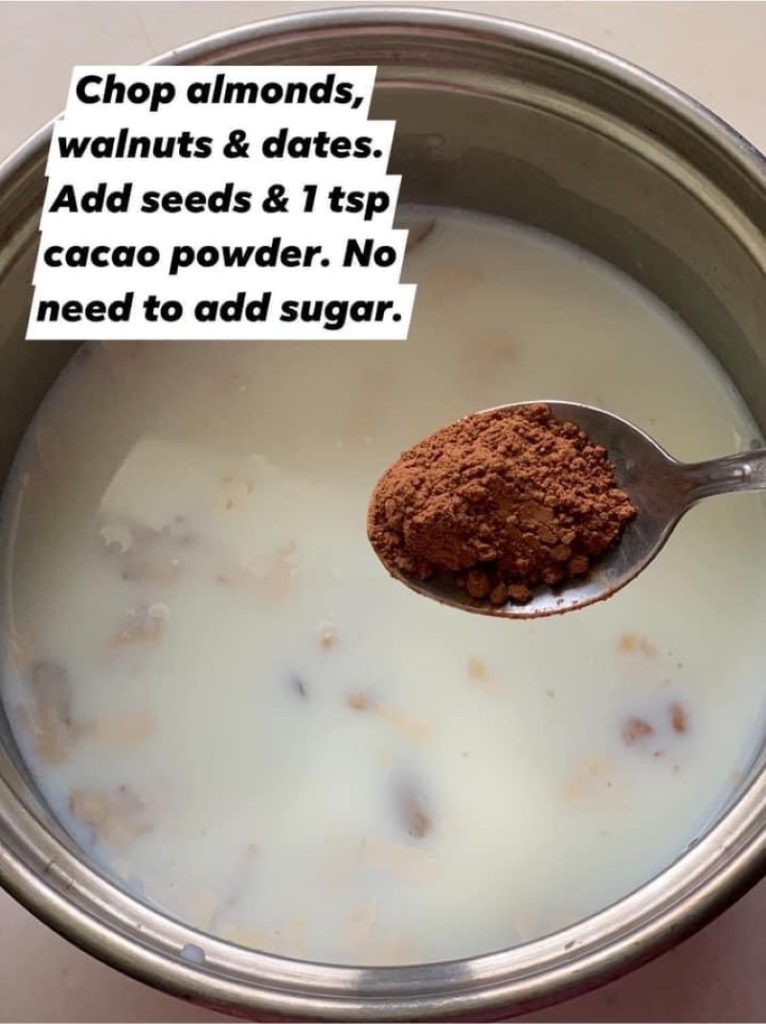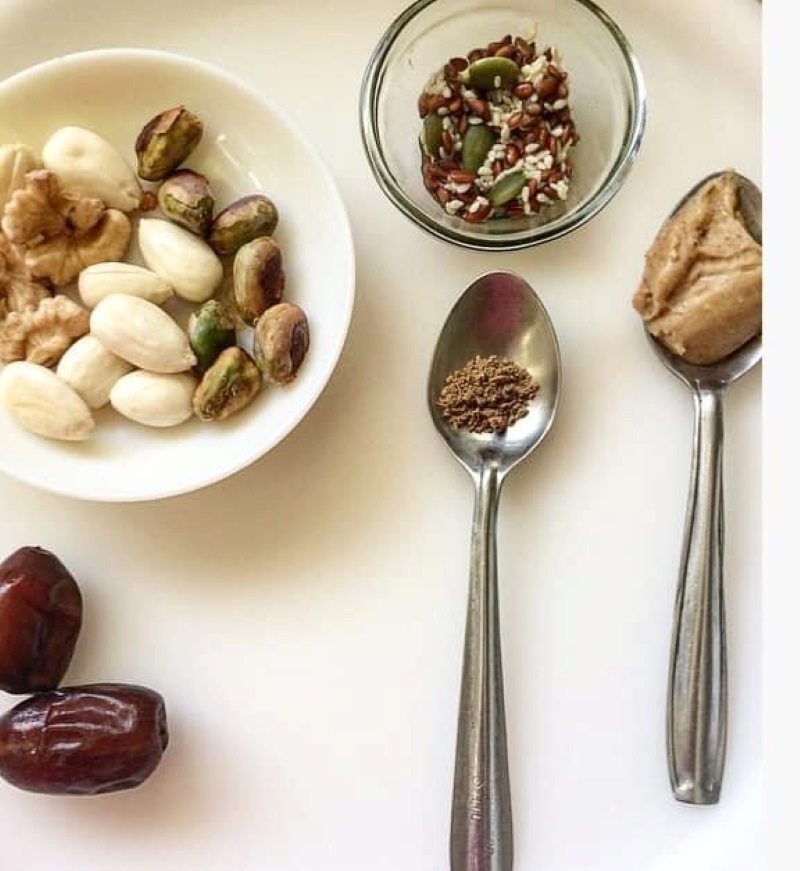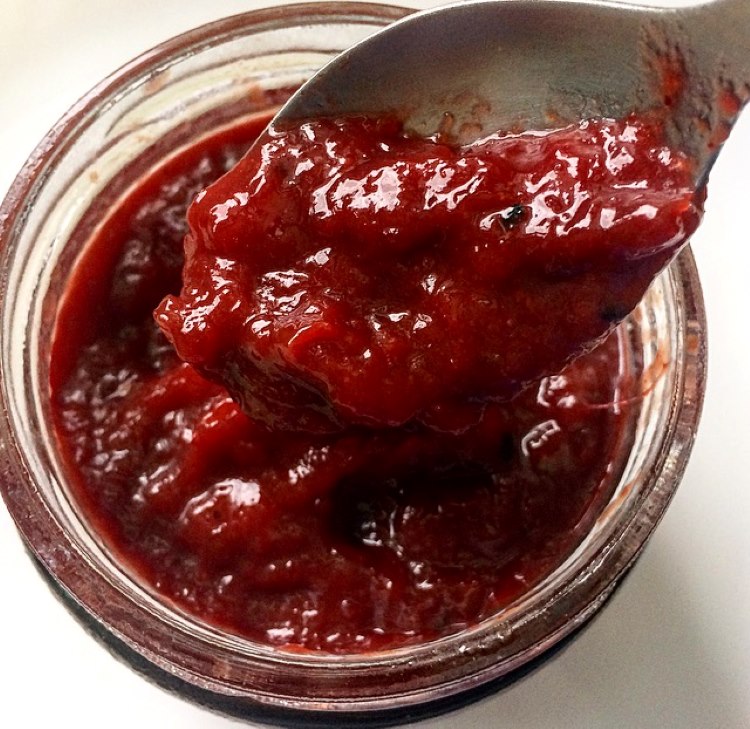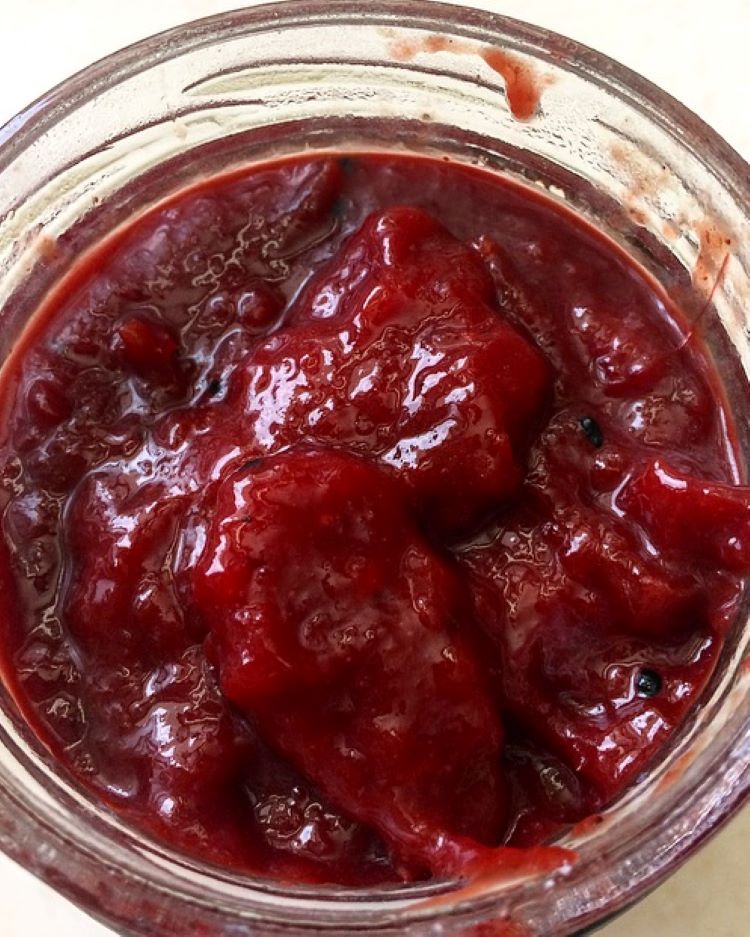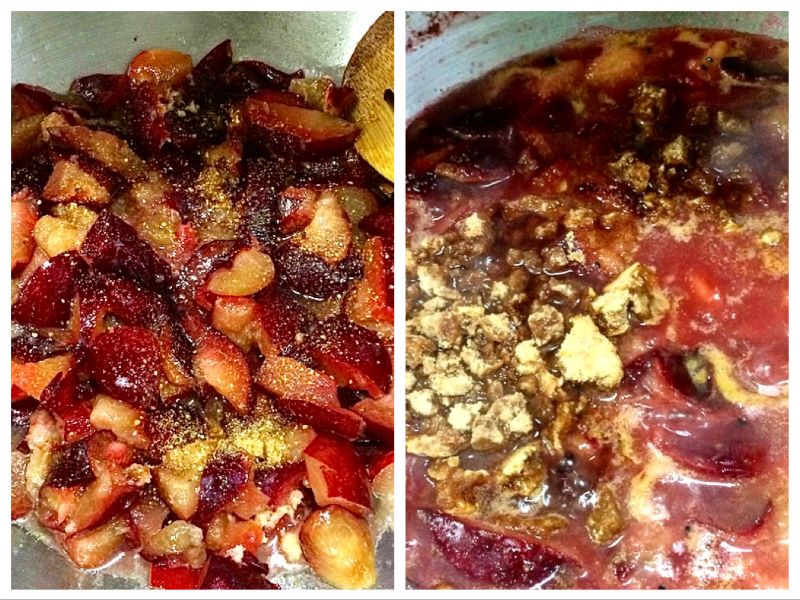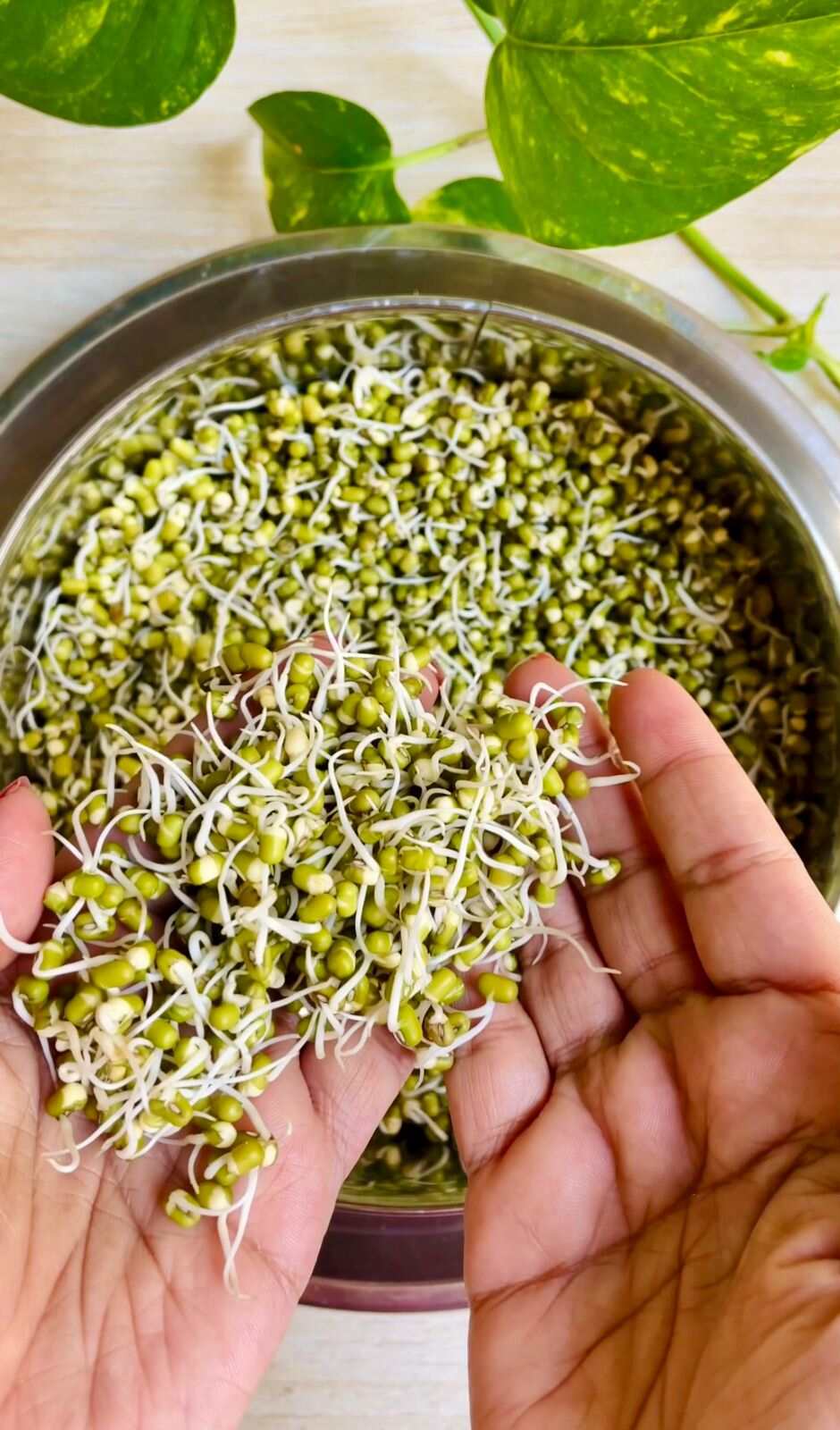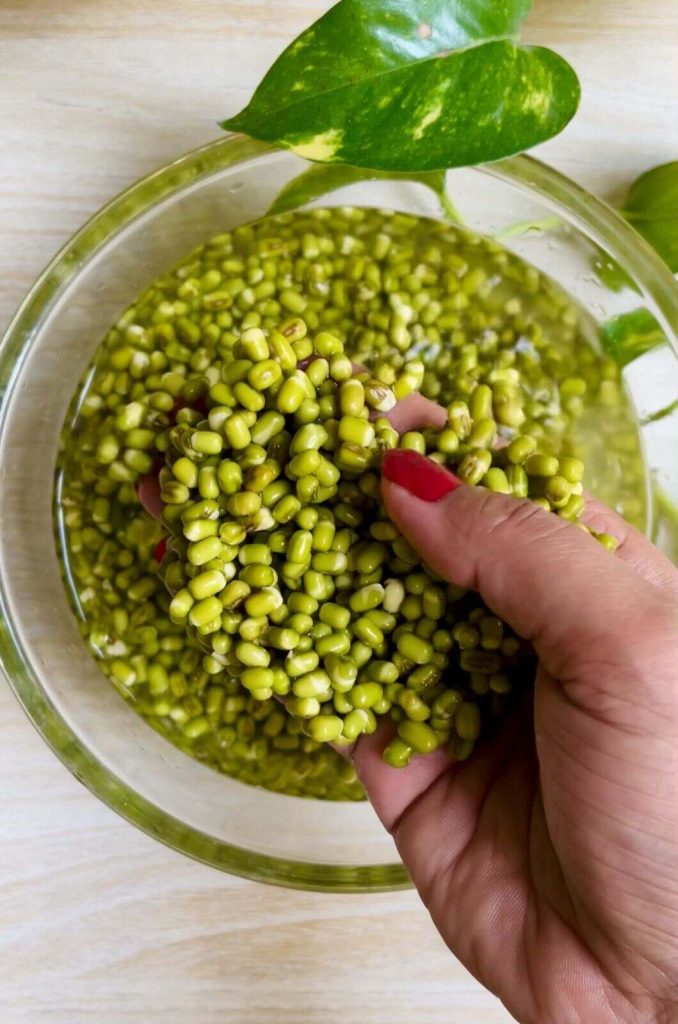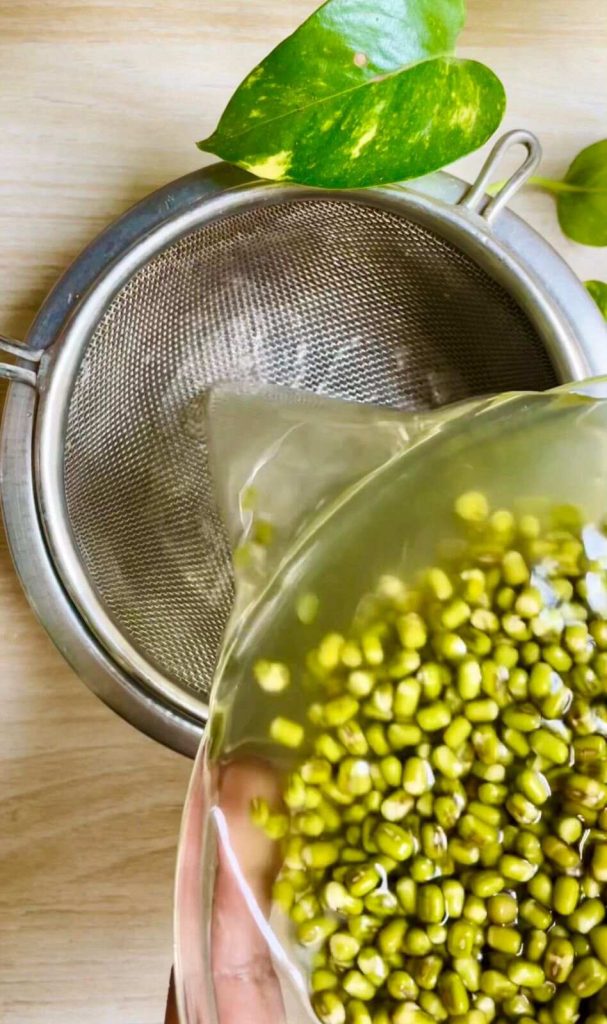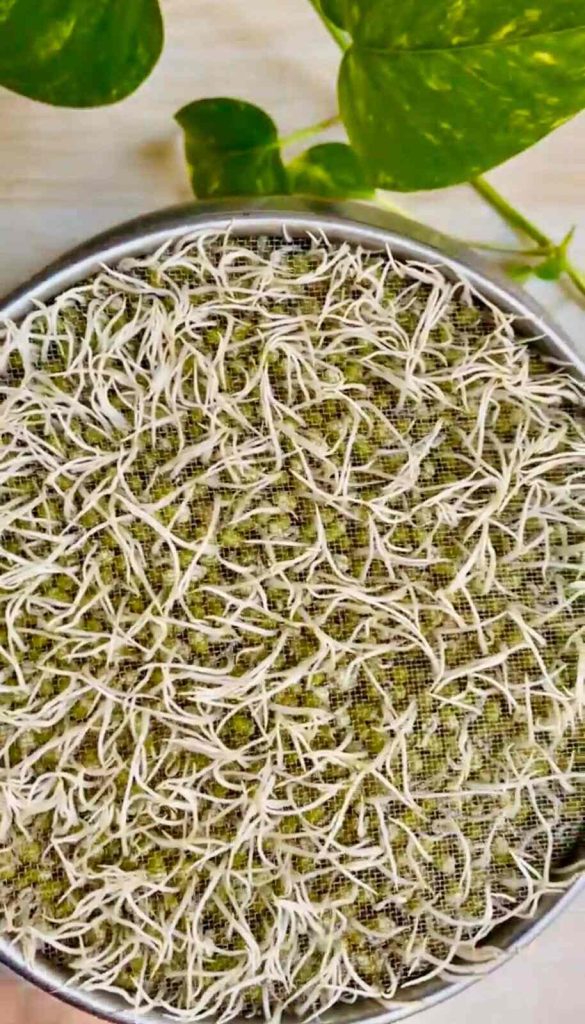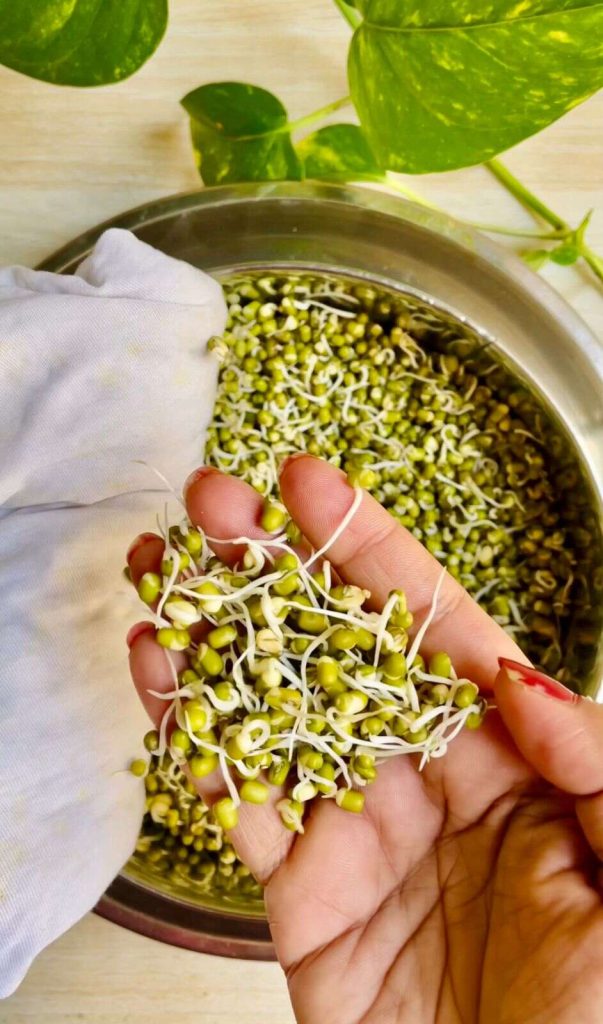
Kale chane, or black chickpeas, are a powerhouse of nutrition, packed with protein, fiber, and essential vitamins. Incorporating them into your diet can significantly boost your energy levels and overall health. One delicious and wholesome way to enjoy kale chane is by making chila, a protein-packed breakfast that is both tasty and nourishing.
Ingredients:
For the Chila Batter:
1 cup soaked and boiled kale chane (black chickpeas)
1 cup rava (semolina)
1/2 cup curd (yogurt)
Handful of coriander leaves, chopped
2-3 green chilies, chopped (adjust to taste)
1/2 inch ginger, grated
1 teaspoon cumin seeds
Salt to taste
For the Stuffing:
1 cup grated carrot
1/2 cup grated cheese (use your favorite variety)
Handful of coriander leaves, chopped
Oil or butter for cooking
Water, as required
Instructions:
In a mixer grinder, combine the soaked and boiled kale chane, rava, chopped coriander leaves, chopped green chilies, grated ginger, cumin seeds, curd, and salt. Blend until you get a smooth batter. If the batter is too thick, you can add a little water to achieve the desired consistency, similar to regular dosa batter.
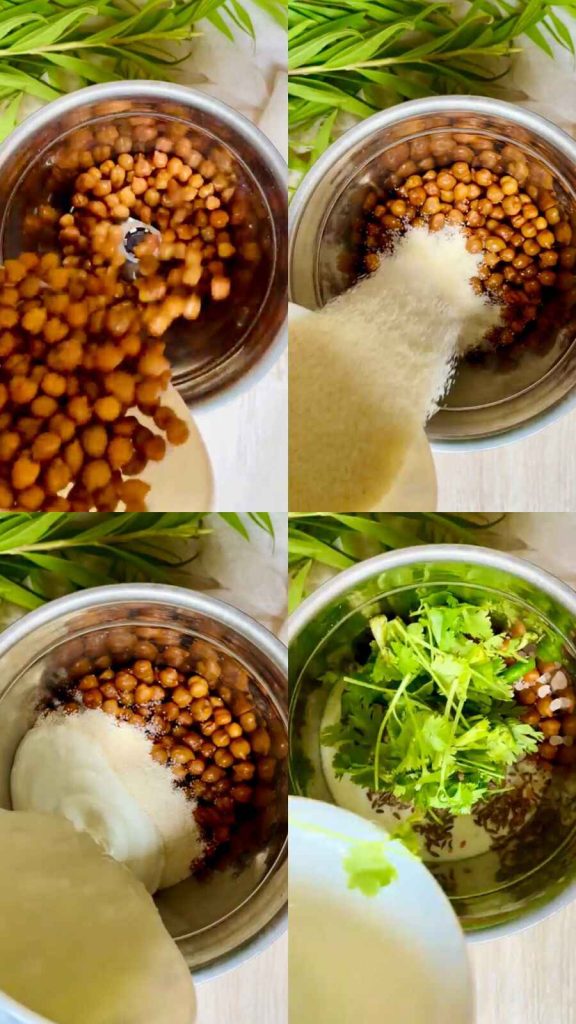
Transfer the chila batter to a bowl and set it aside.
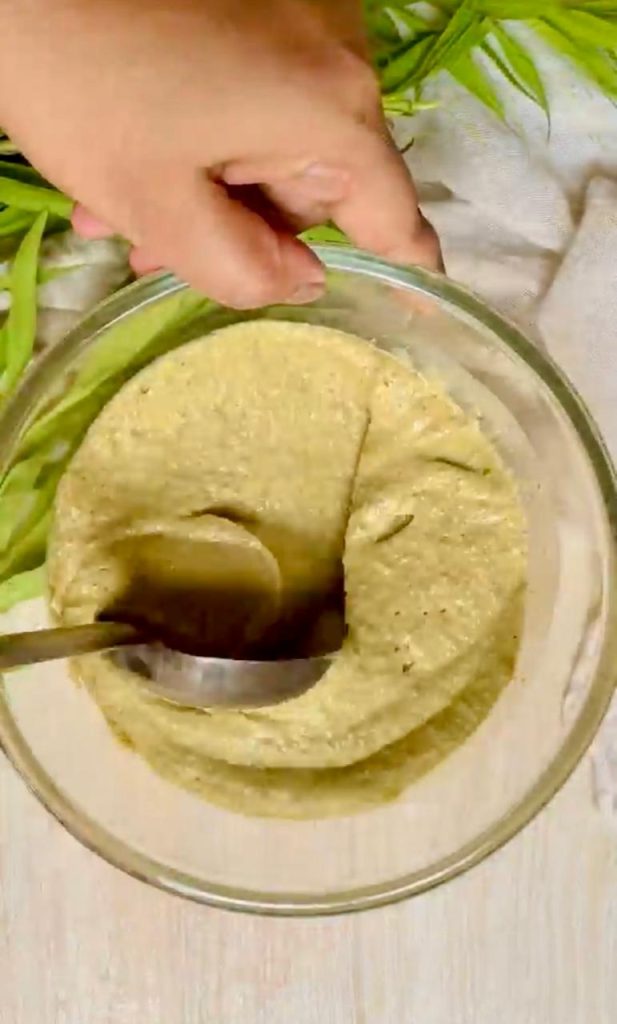
For the stuffing, mix together the grated carrot, grated cheese, and chopped coriander leaves in a separate bowl. This will be the delicious filling for your chila.
Heat a dosa or a non-stick tawa over medium heat. Once the tawa is hot, drizzle a little oil or spread a small amount of butter on it. Pour a ladleful of the chila batter onto the center of the tawa. Using the back of the ladle, gently spread the batter in a circular motion to form a thin chila. Allow the chila to cook for a couple of minutes until the bottom side turns golden and crispy. Spoon a portion of the prepared stuffing mixture onto one half of the chila.
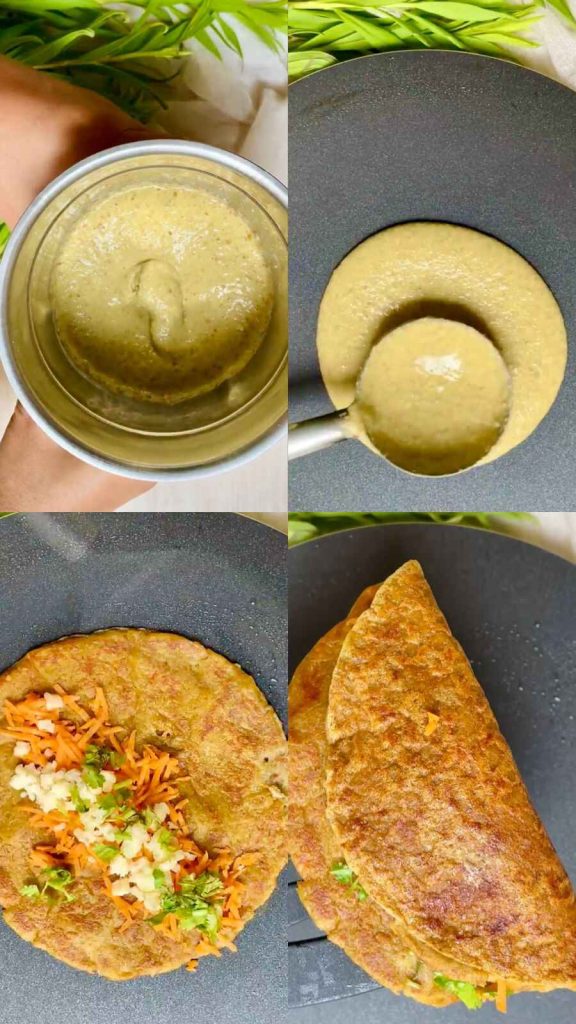
Carefully fold the other half of the chila over the stuffing to create a half-moon shape. Cook the stuffed chila for another 2-3 minutes, pressing gently with a spatula to ensure even cooking and to melt the cheese. Flip the chila over and cook the other side until it becomes crispy and golden brown. Once both sides are cooked to your liking, remove the stuffed chila from the tawa and place it on a serving plate.

Repeat the process with the remaining batter and stuffing to make more chilas.
Enjoy your nutritious and flavorful chila that’s packed with protein, cheesy goodness, and the health benefits of kale chane!
We hope you enjoy making and eating this nutritious and delicious Kale Chane Chila as much as we do! Give this protein-packed breakfast a try, and let us know how it turns out for you. If you have your own unique twist on Kale Chane Chila, we’d love to hear about it. Share your feedback and your versions in the comments below or tag us on social media. Happy cooking!

